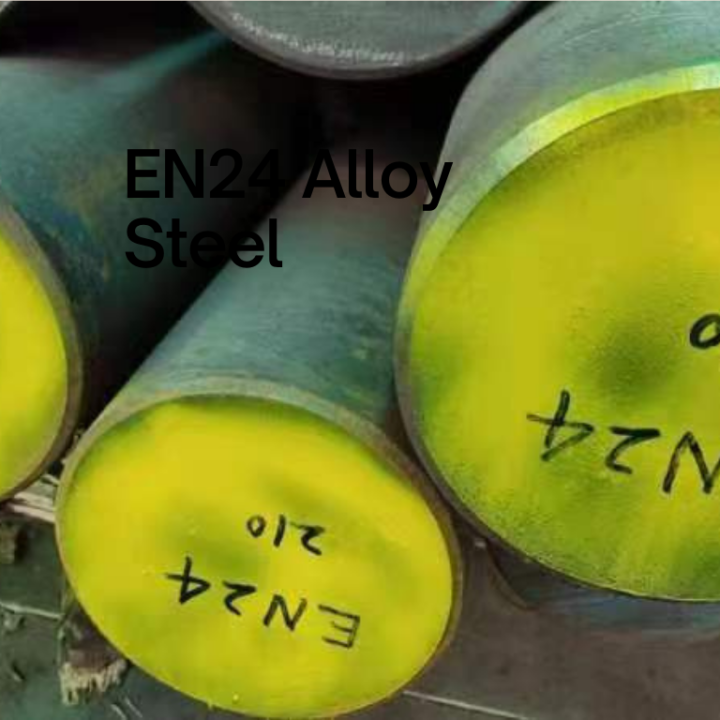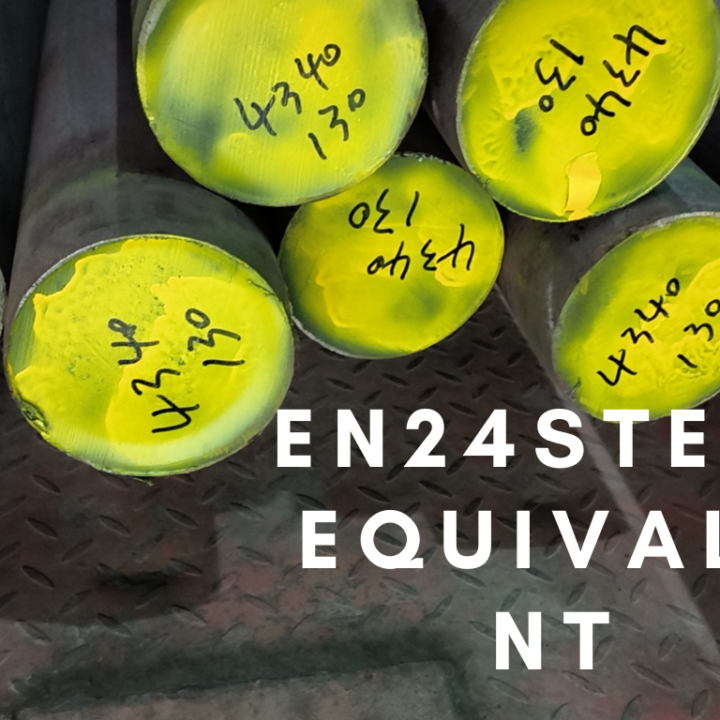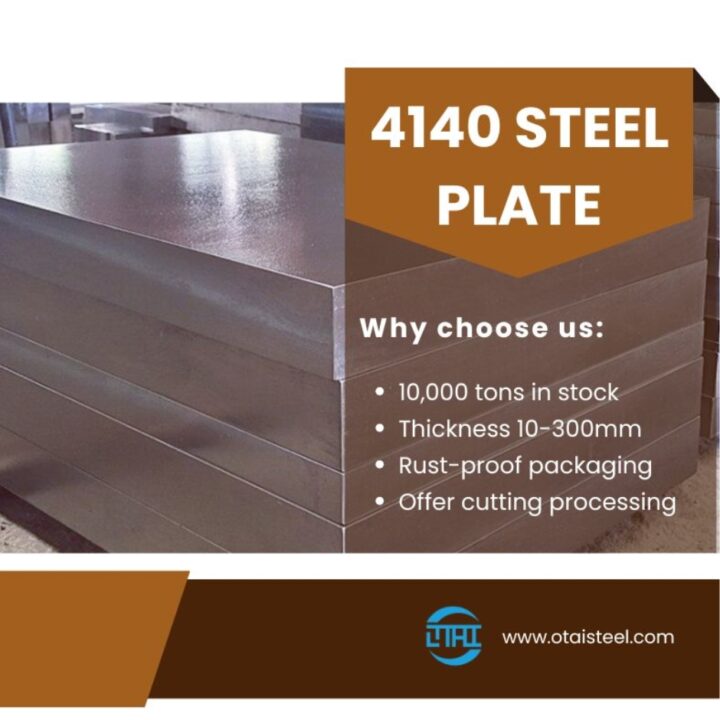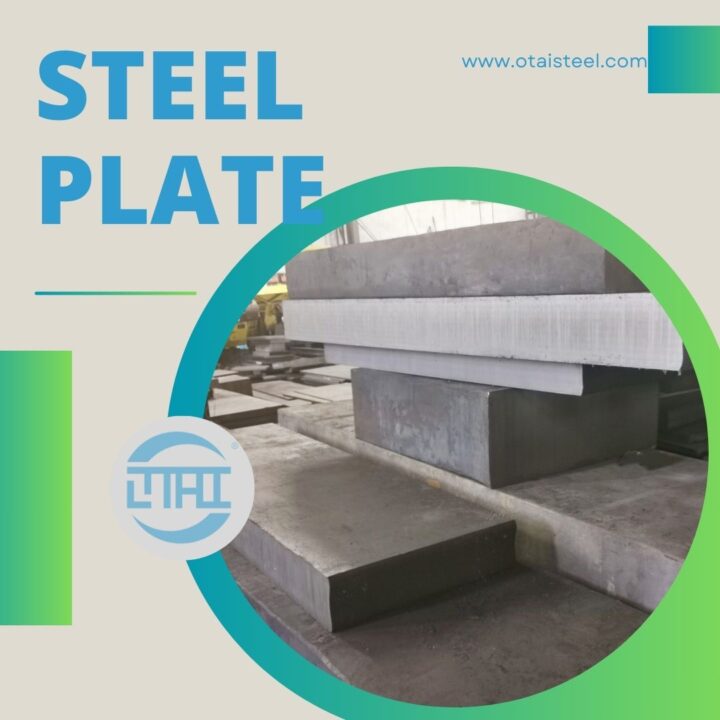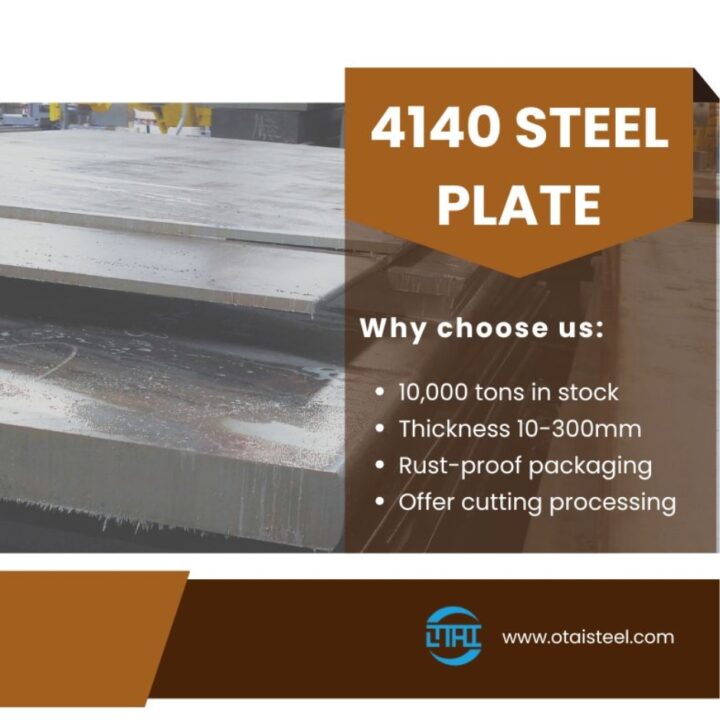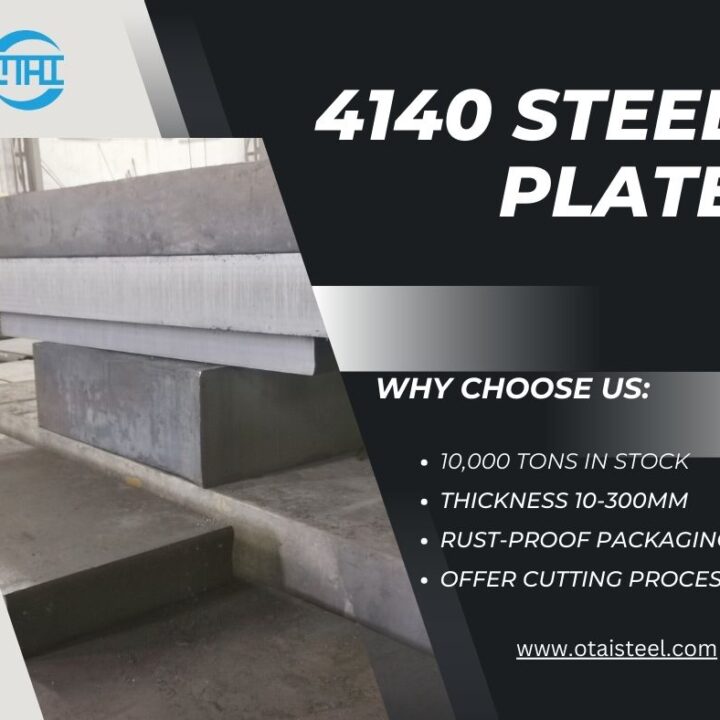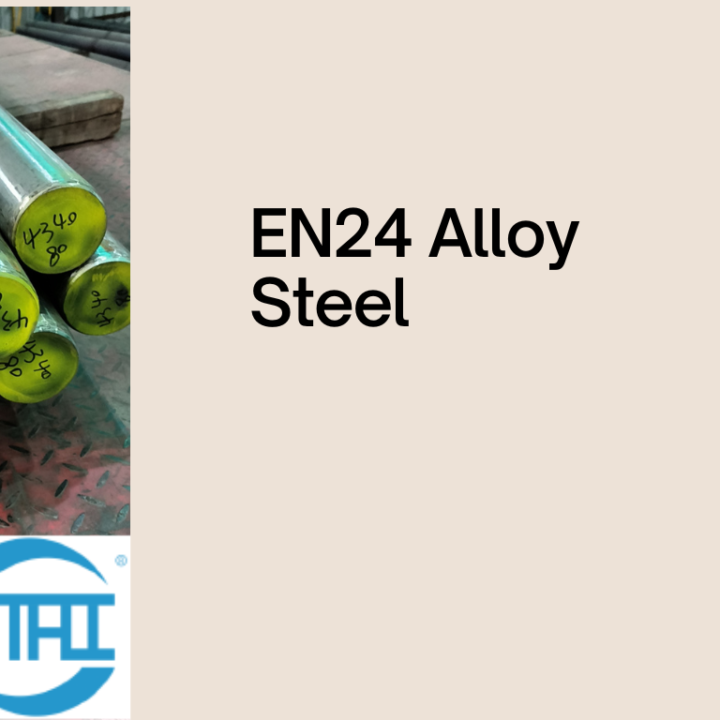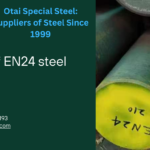34CrNiMo6 steel, renowned for its exceptional strength and toughness, finds a critical role in the aerospace industry, where precision and reliability are paramount. Let’s explore how this alloy contributes to aerospace applications.
Material Characteristics:
- High Strength:
- 34CrNiMo6 exhibits impressive tensile strength, making it well-suited for aerospace components that require resilience under extreme conditions.
- Toughness and Impact Resistance:
- Aerospace structures often face dynamic loads and impacts. The toughness of 34CrNiMo6 ensures the ability to withstand sudden stresses without compromising structural integrity.
- Wear Resistance:
- Components in aerospace systems, such as gears and shafts, benefit from the wear-resistant properties of 34CrNiMo6, ensuring longevity and reliability in demanding operational environments.
Applications in Aerospace:
- Aircraft Landing Gear:
- The landing gear of an aircraft is subject to immense loads during takeoff and landing. 34CrNiMo6’s combination of strength and toughness makes it an ideal choice for critical landing gear components.
- Engine Components:
- Within aircraft engines, where extreme temperatures and mechanical stresses are prevalent, 34CrNiMo6 can be employed for components like shafts and gears, contributing to the overall efficiency and durability of the propulsion system.
- Structural Elements:
- Structural components, such as fasteners and connecting rods, benefit from the steel’s high tensile strength, ensuring the structural integrity of aerospace assemblies.
- Precision Machining:
- The machinability of 34CrNiMo6 allows for precision manufacturing of intricate aerospace parts, meeting the stringent requirements for dimensional accuracy and reliability.
Evolution in Aerospace Applications:
- Advanced Alloys and Composites:
- Ongoing research focuses on developing advanced alloys and composite materials. However, 34CrNiMo6’s robustness continues to make it a viable choice for specific aerospace applications where traditional materials excel.
- Integration of Digital Technologies:
- The aerospace industry increasingly incorporates digital technologies for design and simulation. This integration ensures optimal utilization of 34CrNiMo6 steel in the context of specific aerospace engineering requirements.
- Weight Reduction and Fuel Efficiency:
- As the aerospace industry strives for lighter aircraft to enhance fuel efficiency, the selection of materials like 34CrNiMo6 becomes crucial. Its high strength allows for structural optimization without compromising safety.
Challenges and Future Prospects:
- Environmental Sustainability:
- With a growing emphasis on sustainable practices, the aerospace industry may explore eco-friendly alternatives or processes in the production of materials like 34CrNiMo6.
- Innovation in Design:
- Future aerospace designs may demand materials with tailored properties. Research and innovation in the customization of 34CrNiMo6 steel could address specific needs in evolving aerospace technologies.
In the dynamic realm of aerospace, where precision meets strength, 34CrNiMo6 steel continues to play a vital role. Its evolution aligns with the industry’s quest for materials that can endure extreme conditions while contributing to the efficiency and safety of aerospace systems. As technological advancements persist, 34CrNiMo6 remains a cornerstone material, exemplifying the delicate balance between precision and strength in aerospace applications.
